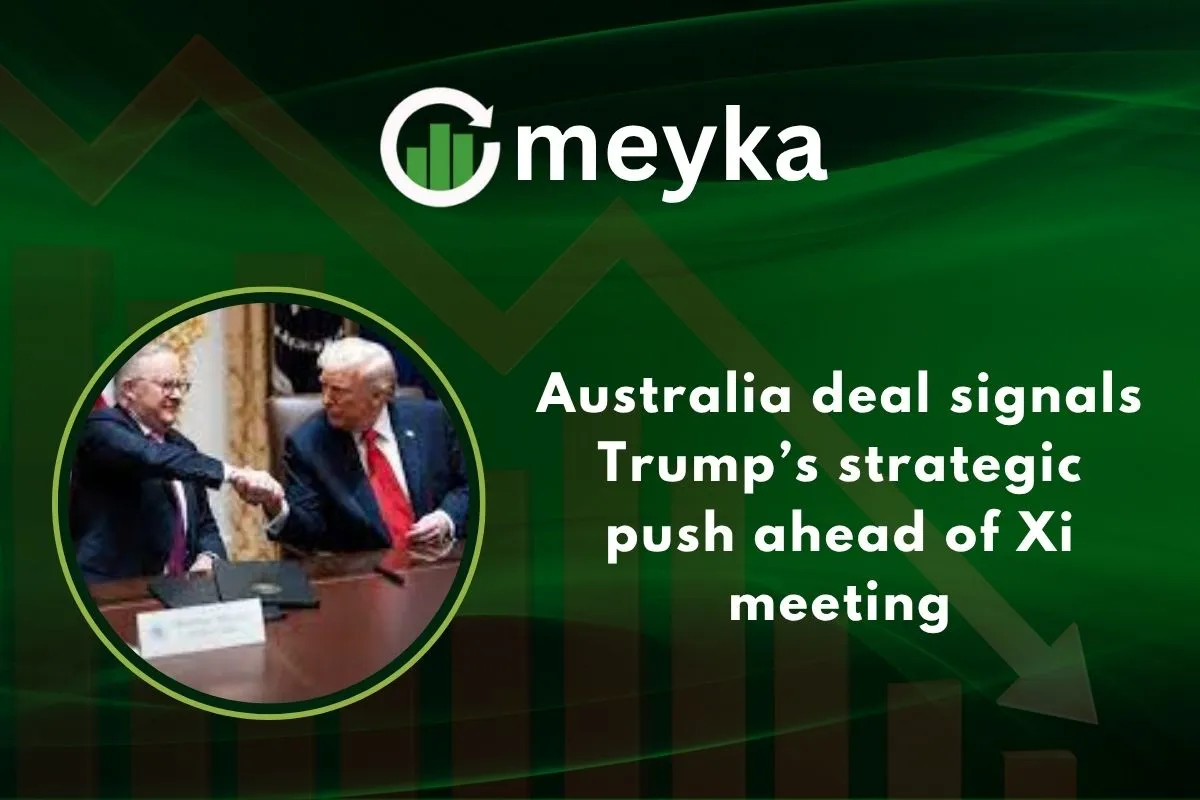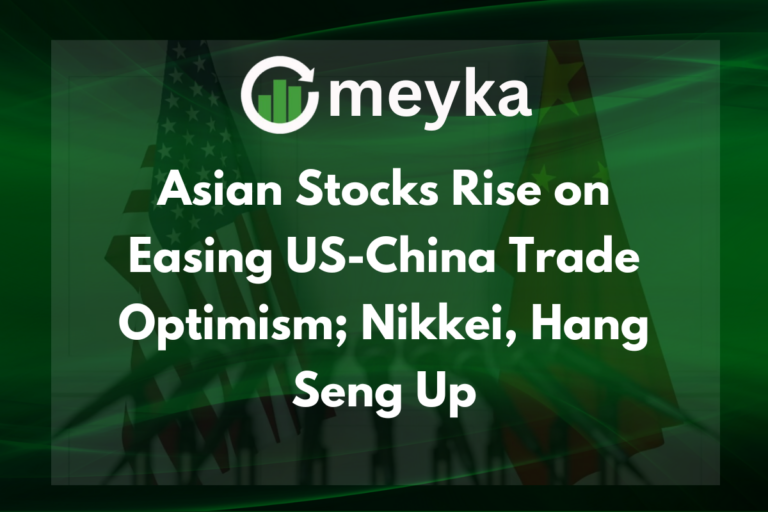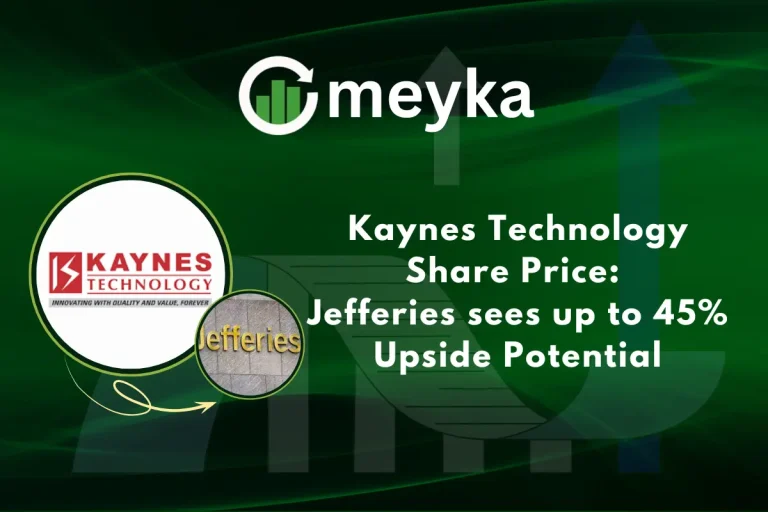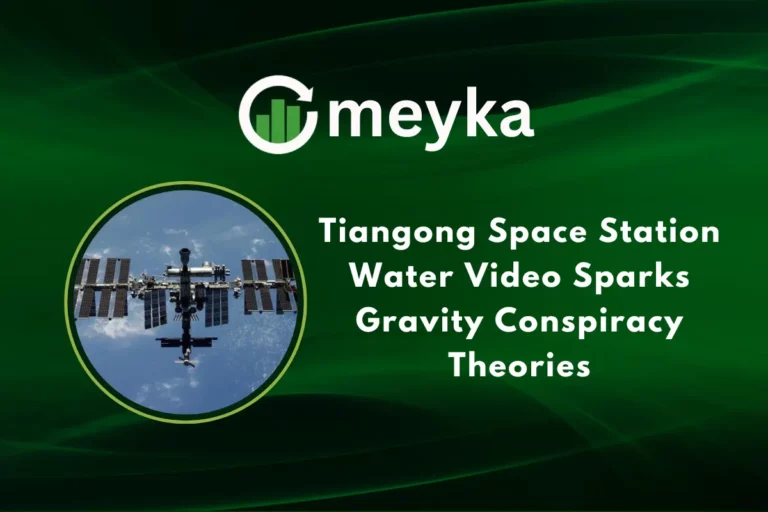Australia deal signals Trump’s strategic push ahead of Xi meeting
The United States and Australia have just signed a major agreement aimed at securing critical minerals and rare earths. The deal is worth about US$8.5 billion, and it was signed as a lead-in to a key meeting between Donald Trump and Xi Jinping. We are seeing more than a trade deal. It is a strategic push by the U.S. to deepen ties with Australia while sending a message to China. Australia, rich in key minerals and rare earths, is stepping up as a key partner in this new chapter of global supply chains
Together, we are witnessing real change in how countries prepare for economic and security competition by building partnerships, not just shipping goods.
What’sthe deal?
This deal between the U.S. and Australia covers mining, processing a,nd supply of “critical minerals” and rare earth elements. These materials are needed for cell phones, electric vehicles, rockets, and fighter jets.
Key facts:
- Both countries commit to invest at least US$1 billion each into projects over the next six months.
- The pipeline of projects is valued at roughly US$8.5 billion.
- There will be a “price-floor” mechanism for extracted minerals to guard against unfair pricing or market manipulation.
- One standout project: a gallium plant in Western Australia tied to Alcoa, covering a mineral used in semiconductors and defense.
- The deal also speeds up permits, boosts processing capacity,,nd aims to shift away from heavy dependence on China.
In short, we have an economic deal, but also a very strategic one.
Strategic motivations behind the deal
Why now? Why Australia? Why this kind of deal?
- The U.S. wants to reduce its reliance on China for rare earths and minerals. China currently dominates refining and global supply chains.
- Australia brings important natural resources, mining capacity, and a stable partner for the U.S. In return, Australia gains investment, jobs, and stronger strategic ties.
- The timing matters because the U.S. wants to send a signal ahead of Trump’s meeting with Xi Jinping. The message: we are not waiting, we have options.
- Also, this ties into the broader security partnership under AUKUS (Australia-UK-US submarine and defense pact). The minerals deal supports defence tech and supply-chains for that framework.
We can see this deal as part of a bigger strategic push: supply chains + alliances + resource security.
Implications for U.S.–China relations
This deal won’t go unnoticed in Beijing. Here’s what the implications are:
- It raises the stakes for the Trump-Xi meeting. The U.S. is showing it can partner with other countries to reduce China’s leverage.
- China has recently tightened export rules on rare earths and materials. The U.S.-Australia deal is a countermeasure
- But changing global supply chains takes time. Experts caution that despite the deal, China still retains dominant refining capacity.
- The regional map may shift: Australia becomes more strategically aligned with the U.S., which may challenge China’s influence in the Indo-Pacific.
- China might respond through trade retaliation, subsidies, and increased control over mineral exports, so risks remain.
In short: The deal marks a pivot. But it is not a silver bullet. China’s dominance won’t vanish overnight.
Impacts on Australia
What does this mean for Australia?
- Australia stands to gain direct investment in mining and processing, job creation, and an elevated status as a critical supply partner.
- It also bolsters Australia’s role in global strategy, not just as a supplier but as a key ally in high-tech and defense domains.
- The deal comes with trade-offs: Australia must balance its economic ties with China (its major trading partner) with its strategic alignment with the U.S.
- Local mining, environment, and community considerations still matter. Implementing mining and refining takes years and social license.
So, for Australia: big opportunity, but also careful navigation.
Potential challenges and caveats
We should be realistic. The deal is bold but not without hurdles:
- Time-lag: Mining and processing projects typically take years. Estimates suggest full impact may not kick in until 2027 or later.
- China’s dominance: China still controls around 90% of global rare earth refining capacity and near-complete manufacturing of key magnets.
- Implementation risk: Permitting, investment mobilization, and infrastructure upgrades all take time and face delays.
- Diplomatic risk: As Australia aligns more strongly with the U.S., China may see it as a shift in regional balance and respond accordingly.
- Overpromising: The headline figure ($8.5 billion) is significant but may not immediately translate into output or a full supply-chain shift.
We must keep in mind: deals are one thing; delivery is another.
What to watch for in the Trump-Xi meeting
As we look ahead to the upcoming meeting between Trump and Xi, here are key things to monitor:
- Will Trump reference the Australia deal during the meeting and use it as leverage?
- How will China respond publicly (and privately) to the U.S.–Australia strategic push?
- Will Australia be mentioned explicitly, showing the growing importance of its role?
- Will the agenda cover supply chains, defense tech, rare earths, and Indo-Pacific security?
- Will we see any concessions, retaliations, or adjustments in policy from either side?
These bits matter. They show whether the “Australia deal” is just a headline or a real game-changer.
Conclusion
The “Australia deal” is more than a mining agreement. It is a strategic marker. It shows how the U.S. and Australia are teaming up, not just for resources but for influence, security, and future tech. While the $8.5 billion headline is eye-catching, the real story lies in the long haul: how fast projects are built, how supply chains shift, and how China responds. For now, we are watching a moment of pivot in global strategy, and Australia stands center-stage
Only time will show how deep the shift will go. But we are witnessing a new chapter in how nations align, invest, and prepare for a world where minerals and alliances matter more than ever.
Disclaimer:
This content is for informational purposes only and is not financial advice. Always conduct your research.





